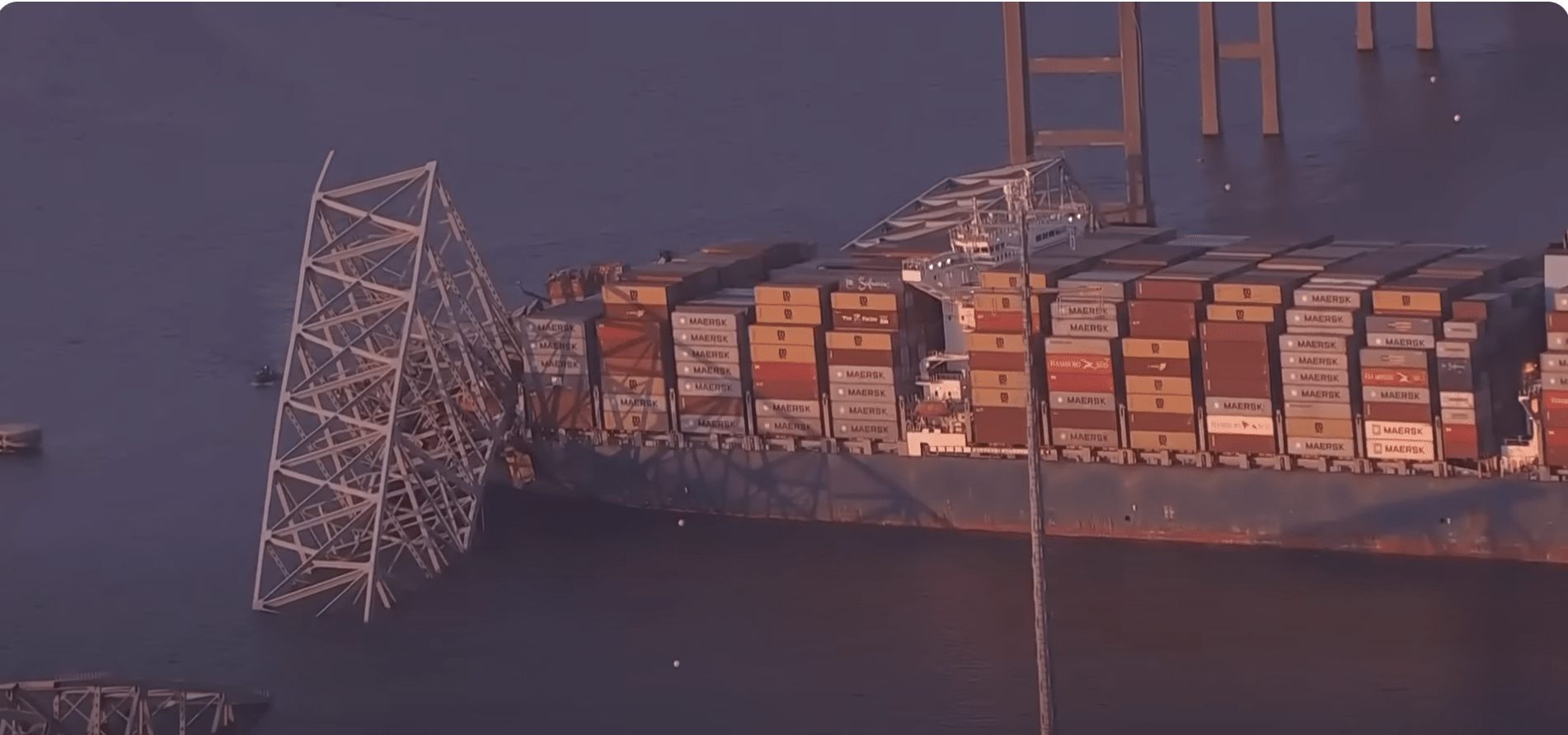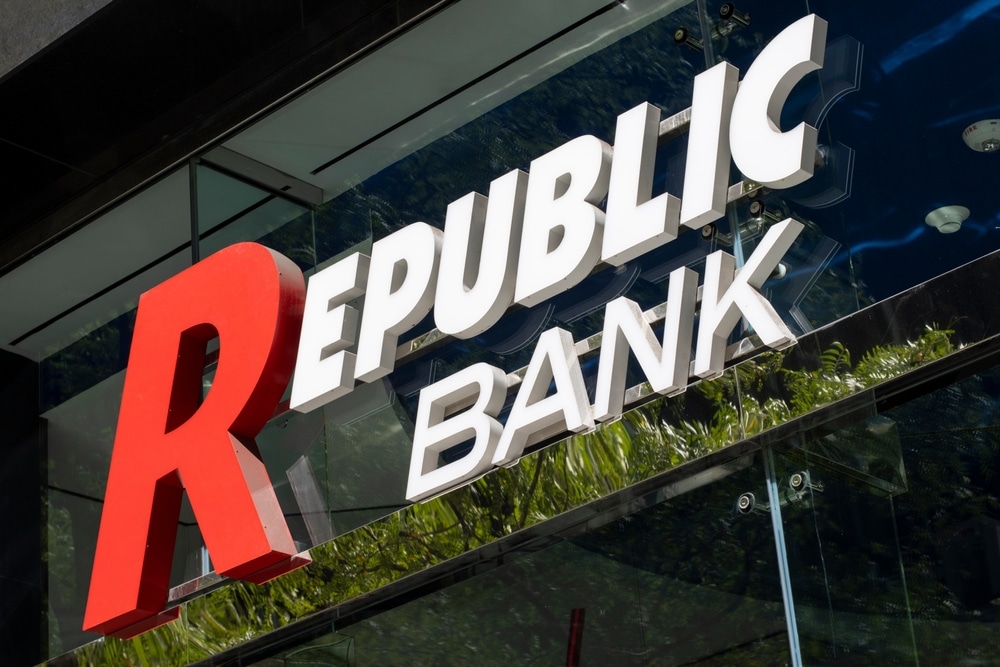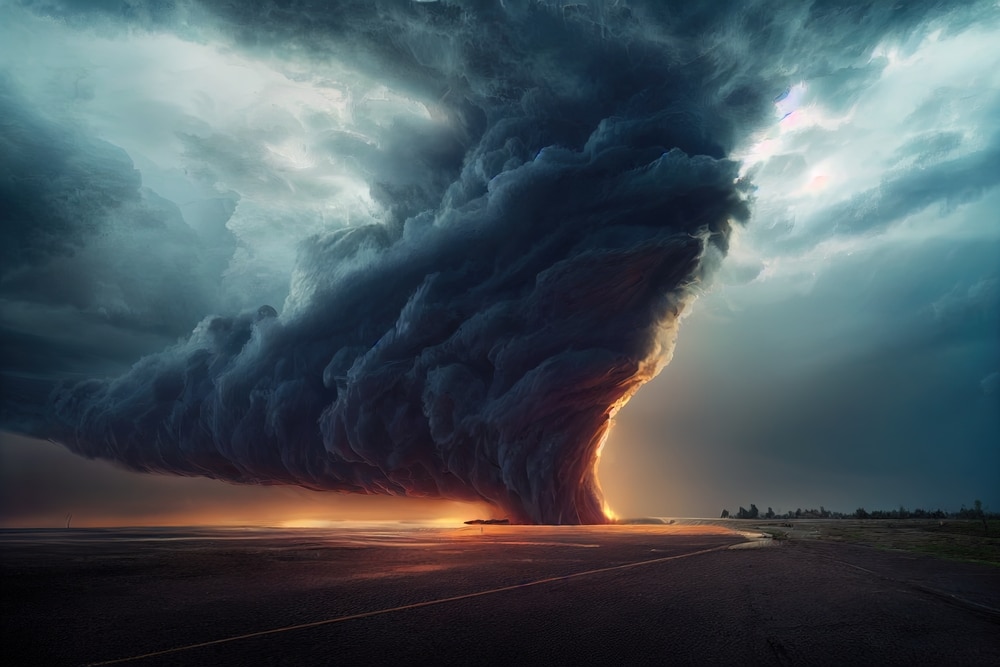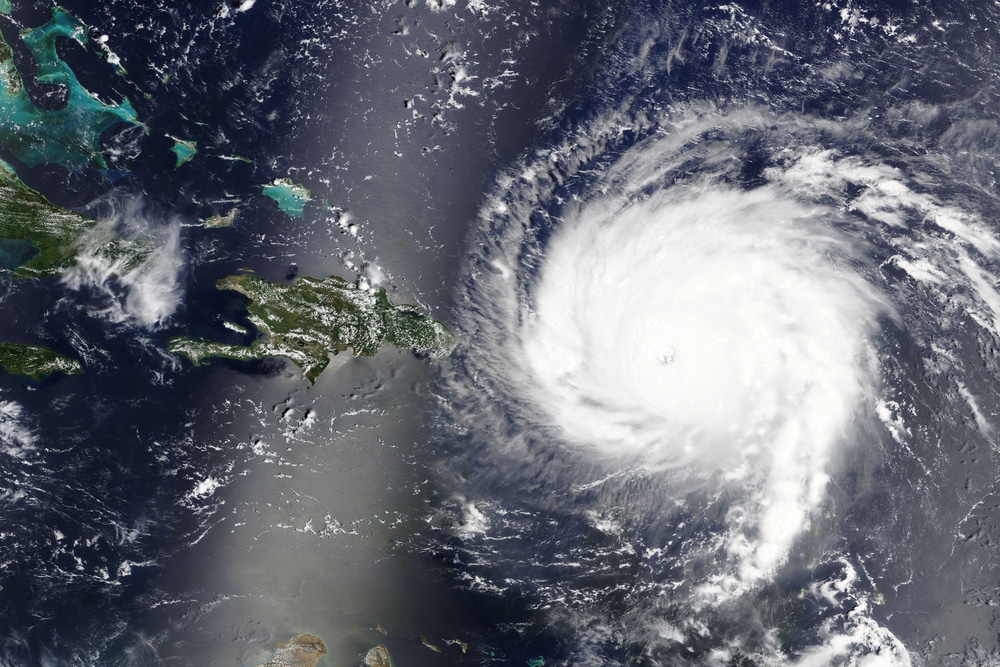(OPINION) Less than two weeks before the most ominous sign in the entire history of the United States appears above our heads, a bridge named after the author of the text of the U.S. national anthem has collapsed after a key support structure was rammed by a massive cargo vessel.
“The Star-Spangled Banner” is the best known national anthem on the entire planet, and it is one of our most cherished national symbols. Some have suggested that the collapse of the Francis Scott Key Bridge in Baltimore symbolizes the collapse of America itself. If this is true, could it be possible that the destruction of this bridge was some sort of a warning for America?
The Biden administration insists that the collapse of the Francis Scott Key Bridge was just an accident. Perhaps that is true. But as you can see from this video, the cargo vessel that brought down the bridge had to make a very precise turn in order to hit the support structure that it rammed.
It turns out that this particular cargo vessel is owned by a company known as Synergy Marine Group… Called the Dali, the 948-foot vessel that hit the bridge is managed by Synergy Marine Group, a Singapore-based company with over 660 ships under management around the world, according to its website.
The group said the ship was operated by charter vessel company Synergy Group and chartered by Danish shipping giant Maersk at the time of the incident, which sent vehicles and people tumbling into the Patapsco River.
On the official website of the company, they boldly proclaim that they are deeply committed to DEI…
Diversity, equity and inclusion (DEI) are made integral to the People strategy at Synergy Marine Group, very simply because this is the right thing to do, and it resonates with the ethos of the organisation in building a collaborative work environment.
“All aboard” is the familiar quayside cry that was used to tell passengers – and sometimes crew, too – that they needed to get on quickly as the ship would sail soon, and its encouraging, inclusive and collegiate tenors are plain in the Global Maritime Forum’s All Aboard Alliance.
Synergy fully supports the Alliance for a diverse, equitable, and inclusive Maritime Industry, which brings together those industry leaders who are committed to pursuing the DEI journey in building an innovative and sustainable maritime sector which all can be proud of.
Is this yet another example where DEI should be spelled “DIE” instead? It has also been revealed that the captain of the vessel is a Ukrainian… Maritime job placement company BalticShipping shows the captain of the container ship is a Ukranian.
That certainly puts a different spin on things, doesn’t it? At this stage, we do not know if the Ukrainian captain was on board the ship at the time of the accident or not.
But what we do know is that the ship was involved in a serious accident previously… The ship in Tuesday’s crash, Dali, was involved in at least one prior accident when it collided with a shipping pier in Belgium.
That 2016 incident occurred as the Dali was leaving port in Antwerp and struck a loading pier made of stone, causing damage to the ship’s stern, according to VesselFinder.com, a site that tracks ships across the world. An investigation determined a mistake made by the ship’s master and pilot was to blame.
Hopefully this latest incident was just another accident. But there are many that are suggesting that sinister forces were at work. For example, Lara Logan is reporting that her sources believe that this was an “absolutely brilliant strategic attack”…
Multiple intel sources: Baltimore bridge collapse was an “absolutely brilliant strategic attack” on US critical infrastructure – most likely cyber – & our intel agencies know it. In information warfare terms, they just divided the US along the Mason Dixon line exactly like the Civil War.
In an extended post on Twitter, Logan went into a tremendous amount of detail regarding what her sources are telling her… Make no mistake: this was an extraordinary attack in terms of planning, timing & execution.
The two critical components on that bridge are the two load-bearing pylons on each end, closest to the shore. They are bigger, thicker and deeper than anything else. These are the anchor points and they knew that hitting either one one of them would be a fatal wound to the integrity of the bridge. (CONTINUE)

















